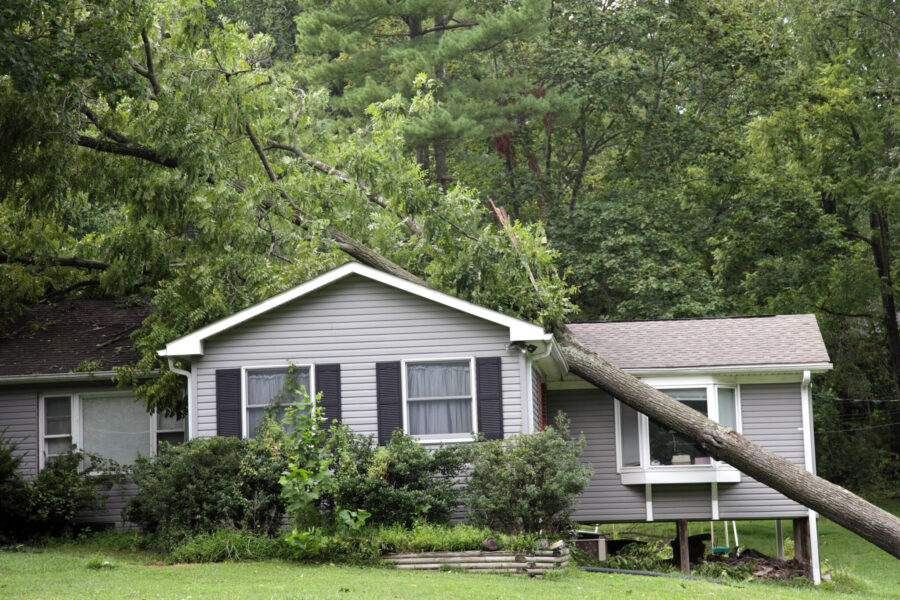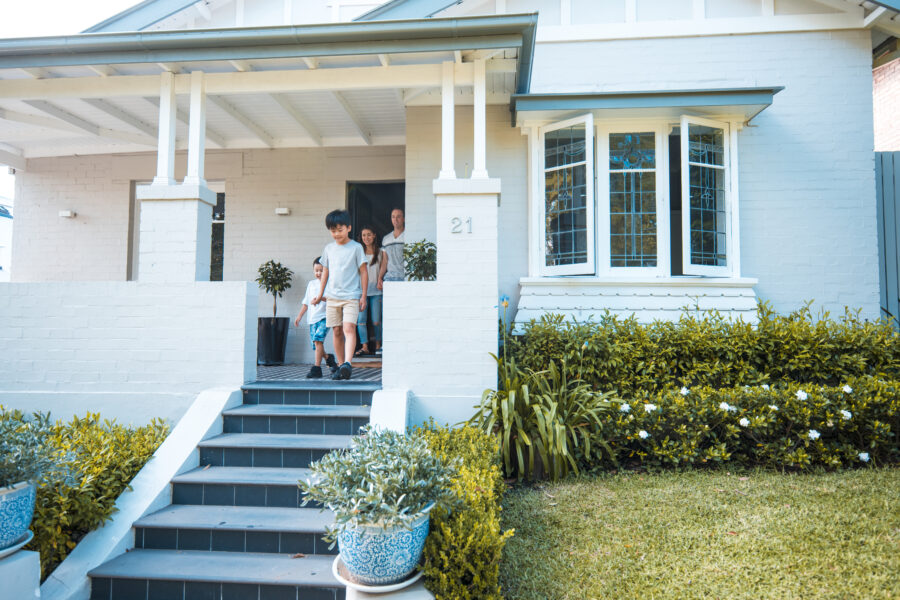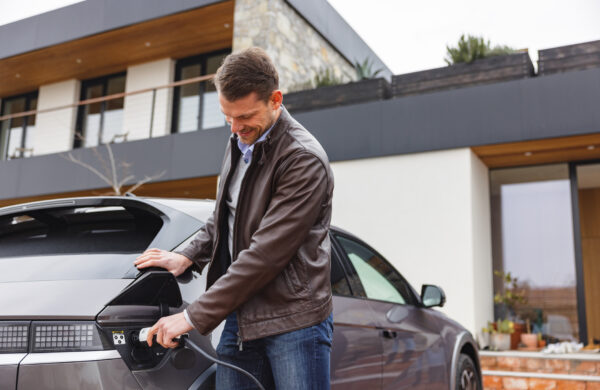Rebuilding after a fire, storm or other disaster can be expensive, especially without the proper insurance coverage. Because the average homeowner may not have enough cash to cover repair costs, hazard insurance is a critical part of homeowners’ insurance coverage.
What is home hazard insurance?
The term “home hazard insurance” often refers to the part of a standard homeowners’ policy that provides coverage to repair or replace the structure of your home in the event of a fire, windstorm or other covered loss. This is also called dwelling coverage. The good news? If you have a homeowners’ policy, you likely already have some level of home hazard coverage.abo
Is home hazard insurance a requirement?
If you have a mortgage for your home, your homeowners’ policy will need to meet the lender’s requirements, which frequently include maintaining a hazard insurance policy for your house. If your house is destroyed while you’re still paying off the mortgage, you may be unable to afford to keep making the mortgage payments, so homeowners’ insurance provides protection for both you and the lender.
If you do not have a mortgage, homeowners’ insurance might not be a requirement, but it’s still smart to maintain coverage. Consider what would happen if a fire destroyed your house or a storm severely damaged it. Would you have enough savings to rebuild? If the answer is no, homeowners’ insurance is a wise investment.
What does home hazard insurance cover?
To find out which hazards your homeowners’ insurance covers, it’s important to review your policies. Homeowners’ insurance policies typically work on either a named perils or an “All-Risk” basis. A named-peril policy only covers the perils that are listed in the insurance policy. An “All-Risk” policy (also called an all-perils policy) covers all perils other than those items that are listed as exclusions in the policy. It’s important to note that every policy will exclude some perils – despite the name, an “All-Risk” policy won’t cover every possible type of peril. However, an “All-Risk” policy does tend to provide broader coverage than a named perils policy.
While the specifics of your homeowners’ policy will vary, here are some loss events that are commonly covered by home insurance:
- Fire, Lightning or Smoke
- Power Surges
- Weight of Ice, Snow or Sleet
- Freezing
- Hail or windstorms
- Volcanic Eruptions
- Theft and Vandalism
- Riots or Civil Commotion
- Explosions or Falling Objects
- Damage Caused by Vehicles or Aircraft
- Sudden Discharge of Water from Plumbing or Appliances
These perils cover many common causes of damage, such as if your pipes freeze and burst, a car drives into your living room or a tree falls on your house. However, since they do not cover everything, some homeowners may need additional insurance to cover the losses that their primary policy excludes.
What does home hazard insurance not cover?
A standard homeowners’ policy does not cover every type of loss that can impact a house. Among those it typically excludes are:
- Flooding. Although homeowners’ insurance usually covers certain types of water damage, such as damage from frozen pipes that have burst, it generally does not cover flooding. To secure flood insurance, you’ll need a separate policy. In fact, if you live in a high-risk area and have a mortgage, your lender may require flood insurance.
- Sewer Backup. While sewer backups are generally excluded from homeowners’ policies, you can likely secure sewer backup coverage as an add-on to your policy for a slight increase in your premium.
- Wear and Tear. Over time, your house will age, and you may need to replace parts of it. Your roof is a good example of this: your house may stand for more than 100 years, but your roof may only last 20 years or so, depending on the material. Insurance does not cover this type of wear and tear.
- Broken Appliances. Homeowners’ insurance may cover damage to your house structure caused by malfunctioning appliances. For example, if your washing machine breaks and damages your floors, your policy may cover the damage to your floors. Homeowners’ insurance may also cover appliances damaged due to a covered peril. Policies typically don’t provide coverage for a malfunctioning appliance itself, but you may be able to add appliance coverage to your policy for an extra cost.
- Earthquakes and Earth Movement. Homeowners’ insurance typically excludes damage from earthquakes and earth movement. If you live in an area with significant earthquake exposures, you may want to purchase earthquake insurance.

What else does a homeowners’ insurance policy cover?
A standard homeowners’ insurance policy provides more than just home hazard insurance for your home’s structure. It will typically provide the following coverages as well:
- Personal Belongings. Your home is filled with your electronics, furniture, clothes, collections, appliances and other personal belongings. If your house is destroyed, these belongings could be destroyed too. Homeowners’ insurance provides coverage for such events, although the limits for personal belongings may be different from the limits for your house as a whole.
- Additional Living Expenses. If a fire, storm or other event damages your home, you may be unable to stay there until repairs are complete. You may have to stay in a hotel which, depending on the amount of time it takes to complete repairs, could add up very quickly. You may also incur other costs as a result of the damage – for example, if you have to eat out because you can’t use your kitchen to prepare meals. Homeowners’ insurance offers coverage for these expenses, up to the coverage limits.
- Liability Insurance. Liability insurance provides coverage (up to the policy’s liability limits) for certain types of third-party claims of injury or property damage. Examples of covered events could include a guest slipping on your icy porch or your dog biting the mailman.
Do you have enough home hazard coverage?
As previously mentioned, if you have homeowners’ insurance, you already have some level of home hazard coverage. However, you may want to review your policy to make sure your coverage is sufficient to meet your needs. Some questions to ask as you review your policy include:
- Do you have replacement cost value or actual cash value coverage? Replacement cost value coverage provides you with a payout based on the cost to replace the property, minus the deductible. Actual cash value coverage provides you with a payout based on the property’s current value, meaning your payout is reduced by both depreciation and your deductible. To illustrate the difference between these two coverages, consider what would happen if a windstorm destroyed your roof. Let’s say your roof cost $10,000 when it was installed 20 years ago. Its current value is nowhere near $10,000 due to depreciation. If the insurer determines the value is only $3,000, that’s all you’ll receive, minus the deductible. To replace your roof, you’ll have to come up with the rest of the cash yourself.
- Do you have enough personal property coverage? You may need to list high-value items separately because there may be sub-limits on certain categories. This could include things like jewelry, fine art, furs, guns, silver or antiques. It’s important to note that theft coverage is often limited for high-value items.
- Do you have enough liability insurance? If you are sued for an amount that exceeds your policy’s coverage, your assets could be at risk. To secure additional liability coverage, talk to your insurer about raising your limits. Alternatively, you could purchase an umbrella liability insurance policy to help increase the limits for your homeowners’ and auto liability insurance.
Do you need help reviewing your homeowners’ insurance policy?
Higginbotham can help. Talk to one of our homeowners’ insurance specialists and discover the Higginbotham difference.





